No products in the cart.
Introduction
Among recreational drug users, there has been a significant increase in the use of novel psychoactive substances (NPS) in recent years. Drugs belonging to one of the most prevalent groups of NPS are synthetic cathinones endowed with psychostimulatory action, and synthetic cannabinoids [1]. Synthetic cathinones emerged on the drug market in 2004 and since that time their number has been steadily increasing. To date, 118 synthetic cathinones have been detected. In 2015, these drugs constituted one-third of the total NPS seizures in the European Union, Norway and Turkey [1, 2]. Pyrovalerone derivatives (α-pyrrolidinophenones) form a distinct branch of synthetic cathinones. A key feature of the chemical structure of α-pyrrolidinophenones is the replacement of the primary or N-methyl amine with a pyrrolidine ring, and an extension of the α-carbon side chain. The most prominent member of the first generation of pyrovalerones is 3,4-methylenedioxypyrovalerone (3,4-MDPV), detected for the first time in Japan in 2007 [2, 3]. Following the scheduling of 3,4-MDPV in many countries, its further derivatives began to appear on the “recreational” drug market. The deletion of a 3,4-methylenedioxy group gave rise to α-pyrrolidinopentiophenone (α-PVP; “flakka”), which has been present on the European drug market since at least 2011 [4], and is one of the most prominent second generation pyrovalerones. Further modification of the α-carbon side chain length resulted in the introduction of new compounds, such as α-pyrrolidinobutiophenone (α-PBP), α-pyrrolidinopropiophenone (α-PPP), α-pyrrolidinohexanophenone (α-PHP; PV7), α-pyrrolidinoheptanophenone (α-PHPP; PV8), and α-pyrrolidinooctanophenone (α-POP; PV9) [2]. The latest two compounds were detected for the first time in Japan in samples collected in 2013 [5, 6].
Despite their relatively short presence on the clandestine market, α-PVP, PV8 and PV9, along with their phenyl ring-substituted derivatives, have been responsible for numerous cases of acute poisonings and fatal overdoses. Acute intoxication with these compounds can produce a wide range of symptoms, including sympathomimetic toxidrome (tachycardia, hypertension, agitation, increased aggression, chest pain, cardiac arrest), liver failure, psychiatric disturbances (paranoid psychosis, hallucinations, panic attacks, and suicidal ideations), seizures and acid-base imbalance [2, 4, 7]. By the middle of 2015, α-PVP alone was responsible for 105 fatal intoxications in Europe [4]. There are also reports of deaths from Japan, where PV8, PV9 and their substituted analogues were detected in biological samples taken postmortem [5, 8, 9].
Pyrovalerones exert strong psychostimulatory action, resulting from their high potency to block dopamine (DA) and norepinephrine (NE) transporters (DAT and NET, respectively), but lack empathogenic properties due to the negligible activity at the serotonin (5-HT) transporter (SERT). In contrast to several designer cathinones, α-pyrrolidinophenones act only as monoamine reuptake inhibitors. They do not enhance the release of neurotransmitters into the synaptic cleft. The potency of 3,4-MDPV and α-PVP to block DA reuptake, with IC50 values below 50 nM, is higher by at least one order of magnitude than that reported for methamphetamine and non-pyrovalerone cathinones [2, 10, 11]. It has been demonstrated that α-carbon side chain length is the key factor determining the affinity and uptake inhibition potency for DAT and NET, while the replacement of the pyrrolidine ring results in a loss of activity [12, 13]. Recent structure-activity studies show that, starting from α-PVP, subtraction of each carbon atom from the side chain results in a reduced potential to block DAT, but the extension of the side chain into PV7 and PV8 does not negatively affect the ability to inhibit DAT [10, 12]. Moreover, it is proposed that the ability to block DAT should improve with increasing bulk/lipophilicity of the side chain [13]. However, in contrast, anecdotal information obtained from web sites and forums for NPS users suggests that PV8 and PV9 are generally considered weaker psychostimulants than 3,4-MDPV and α-PVP; therefore, the suggested doses of PV8 and PV9 are 3–10 times higher than those of α-PVP [14,15,16,17].
Although the pharmacological activity of α-PVP has been examined [10, 12, 18,19,20,21], to our knowledge there is only one paper on PV8 [12], and none on PV9. Therefore, the aim of the present work was to examine the effects of two scarcely studied pyrovalerones, PV8 and PV9, on spontaneous locomotor activity in mice, a widely-used behavioral test utilized to measure drug-induced psychomotor stimulation [18, 19]. The study also compares these results with the action of α-PVP, and that of methamphetamine, a classical, non-cathinone psychostimulant used as a reference compound (for chemical structures see Fig. 1). In order to determine whether the studied effects involve dopaminergic neurotransmission, two sets of experiments were performed. The first examined the effects of SCH 23390, a selective D1-DA receptor antagonist, on changes in mouse locomotor activity. The second used microdialysis to assess the drug-induced changes in extracellular DA levels in the ventral striata of freely-moving mice, and compared them with alterations of 5-HT.

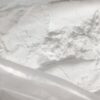
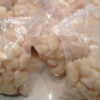
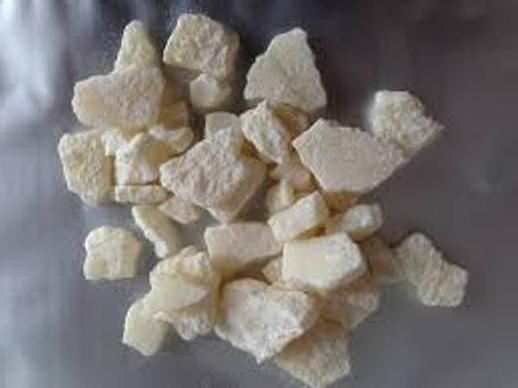
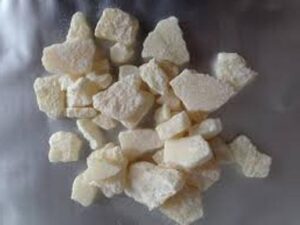


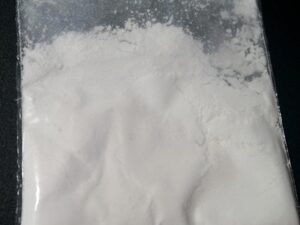

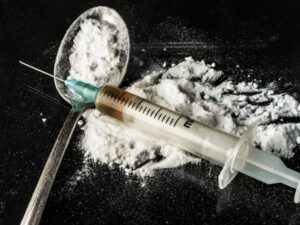


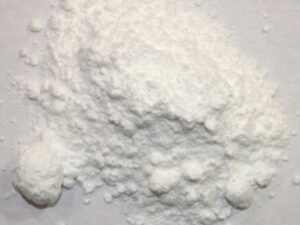
Reviews
There are no reviews yet.